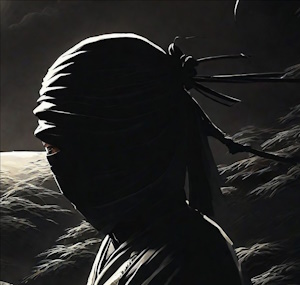Nauru is the “world’s richest little isle,” the New York Times proclaimed in 1982, the result of a decadeslong mining rush for the island’s phosphate bounty. But once the mining boom went bust, so too did the money—setting Nauru on a quest for cash that has seen it launder money for the Russian mafia; effectively imprison refugees seeking asylum in Australia; and, most recently, abandon its long-standing Taiwan ties for Beijing.
None has quite done the trick. Now, Nauru is making one of its most controversial bets yet: mining the seafloor for the mineral treasures powering the global energy transition. It’s a move that has sparked alarm and suspicion, given the island’s checkered history. Yet the many contradictions of Nauru’s path here are as much a twisted tale of exploitation and extraction as they are a story of what one nation will do to survive.


https://youtu.be/2Ih3tDP-pv8?si=dvDz_tTs0pkyF6OW
This was my introduction to the island